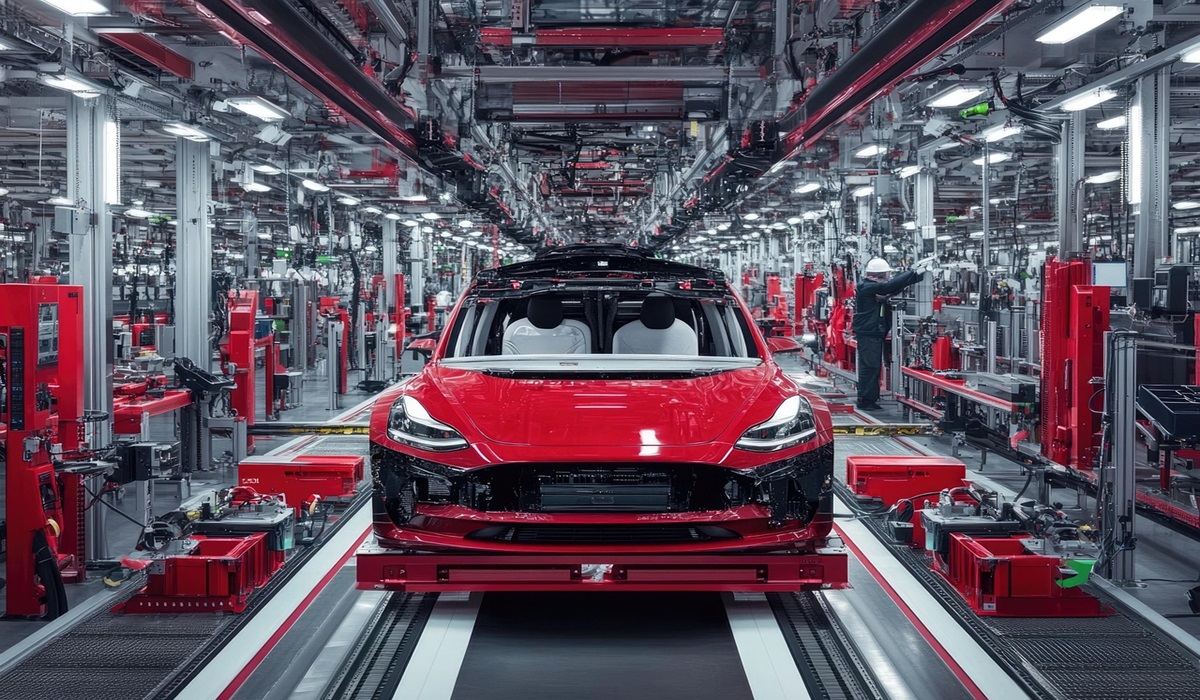Trump’s April 1st Tariffs on Autos Set Off Panic Buying, Diplomatic Strain with Canada
- TDS News
- U.S.A
- March 31, 2025

Image Credit, kp yamu Jayanath
It sounds like the set-up to a cruel April Fool’s Day gag, but there’s no punchline here. On April 1st, U.S. President Donald Trump’s latest round of auto industry tariffs went into effect—slapping steep levies on imported Canadian vehicles and auto parts. And while many Americans hoped this might be a hoax, it’s anything but. Dealerships across the country saw panicked buyers scrambling to lock in vehicle purchases before prices skyrocket, with the looming fear of retaliatory Canadian measures hanging heavily in the air.
The timing couldn’t be worse. The tariffs—massive in scale and scope—target a cornerstone of the North American manufacturing system. And with Canadian autos being a significant portion of the U.S. supply chain, this move has already triggered tremors across border towns and auto hubs in Michigan, Ohio, and Kentucky. The irony? These are states that overwhelmingly supported Trump in 2016 and 2020, and now they’re facing the fallout firsthand.
It’s been days since the first official contact between Trump and Canadian Prime Minister Mark Carney since both leaders took office. Though the call was described as “cordial” by both sides, there is no mistaking the tension. Canada has yet to unveil its countermeasures, but no one expects them to be symbolic or small. Ottawa has made it clear they intend to “respond in kind”—and if history is any guide, that will mean tariffs aimed squarely at red-state industries like agriculture, energy, and manufacturing.
While Carney has played his cards close to the chest, economists warn that the coming retaliation will likely be both strategic and painful. Canada’s past experience with U.S. trade aggression—like the steel and aluminum battles of the Trump administration—has taught it how to target Republican constituencies without hitting its own economy too hard. This isn’t their first rodeo.
Meanwhile, cracks are beginning to form in Trump’s support. Republican senators and congresspeople from tariff-heavy districts are publicly begging the White House to reconsider or carve out exemptions for their states. But with Trump doubling down and telling Americans to “give it time,” they may be waiting longer than their businesses can survive. Unlike the White House, small and medium-sized enterprises can’t simply ride out the storm. Once a plant shutters, once jobs are lost, and once supply chains break, rebuilding isn’t as simple as flipping a switch.
What’s clear is that this could be one of the most politically costly moves of Trump’s second term. While he argues the tariffs are necessary to defend American industries and force better trade terms, the backlash is building fast. Businesses are hurting, allies are on edge, and voters—particularly in key swing states—are showing signs of buyer’s remorse. Many now wonder whether the same president they believed would revive American manufacturing may end up driving the final nail in the coffin for parts of it.
Where this all leads is anyone’s guess. But one thing’s for sure: this isn’t an April Fool’s joke. It’s real. And for thousands of businesses on both sides of the border, it’s a nightmare with no easy exit.








